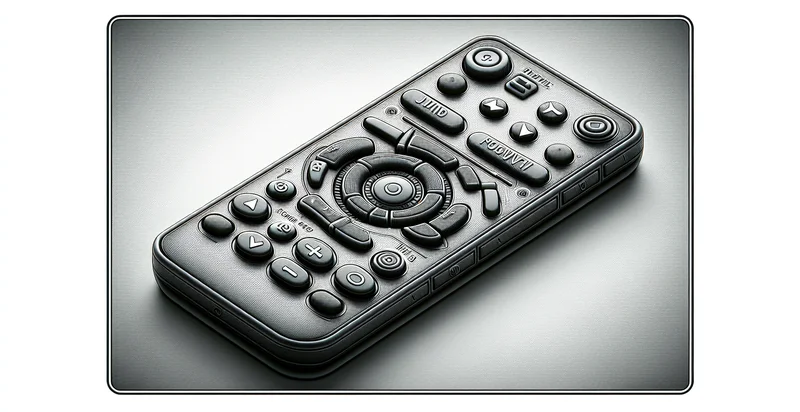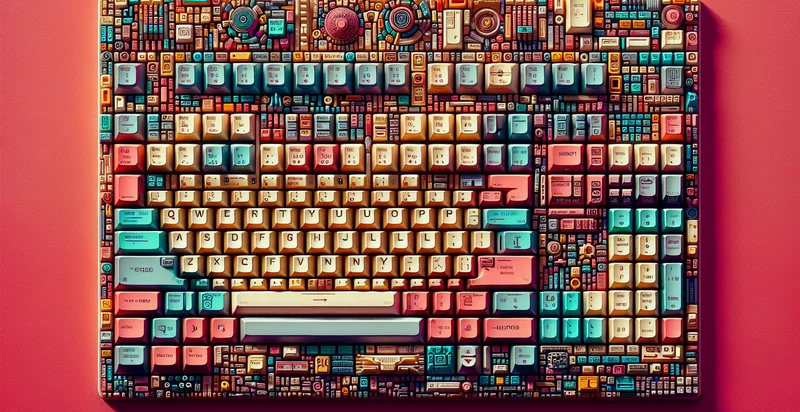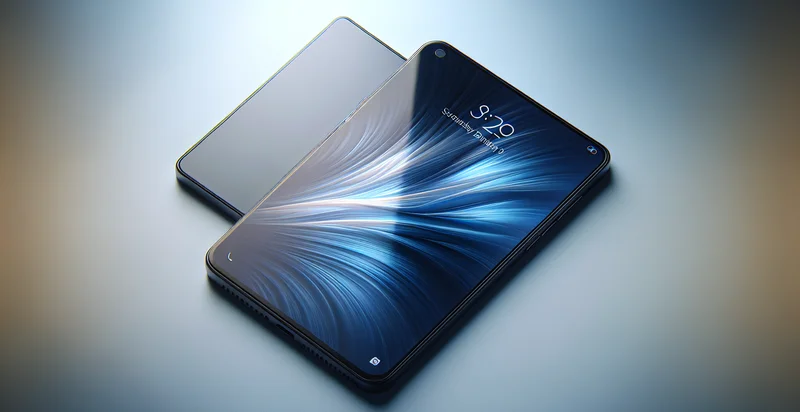Identify if remote control is facing up
using AI
Below is a free classifier to identify if remote control is facing up. Just upload your image, and our AI will predict if the remote control is facing up - in just seconds.

Contact us for API access
Or, use Nyckel to build highly-accurate custom classifiers in just minutes. No PhD required.
Get started
import nyckel
credentials = nyckel.Credentials("YOUR_CLIENT_ID", "YOUR_CLIENT_SECRET")
nyckel.invoke("if-remote-control-is-facing-up", "your_image_url", credentials)
fetch('https://www.nyckel.com/v1/functions/if-remote-control-is-facing-up/invoke', {
method: 'POST',
headers: {
'Authorization': 'Bearer ' + 'YOUR_BEARER_TOKEN',
'Content-Type': 'application/json',
},
body: JSON.stringify(
{"data": "your_image_url"}
)
})
.then(response => response.json())
.then(data => console.log(data));
curl -X POST \
-H "Content-Type: application/json" \
-H "Authorization: Bearer YOUR_BEARER_TOKEN" \
-d '{"data": "your_image_url"}' \
https://www.nyckel.com/v1/functions/if-remote-control-is-facing-up/invoke
How this classifier works
To start, upload your image. Our AI tool will then predict if the remote control is facing up.
This pretrained image model uses a Nyckel-created dataset and has 2 labels, including Facing Up and Not Facing Up.
We'll also show a confidence score (the higher the number, the more confident the AI model is around if the remote control is facing up).
Whether you're just curious or building if remote control is facing up detection into your application, we hope our classifier proves helpful.
Related Classifiers
Need to identify if remote control is facing up at scale?
Get API or Zapier access to this classifier for free. It's perfect for:
- Smart Home Device Control: This use case focuses on integrating the remote control orientation identification into smart home systems. When the system detects that the remote is facing upwards, it can initiate routines such as turning on devices or displaying the user interface, improving user interaction.
- User Experience Analytics: Companies can leverage the orientation data to analyze user behavior and engagement. By tracking how often users have their remotes facing up, businesses can assess if modifications in layout or remote functionality might enhance overall user satisfaction.
- Energy Efficiency Monitoring: This function can be used to create energy-saving features for electronic devices. When the remote is detected to be facing up for an extended period, the system could automatically switch devices to a low-power state, minimizing energy consumption.
- Enhancing Gaming Experience: In gaming environments, knowing whether the remote is facing up could trigger certain actions or modes. This could improve interactive gaming features, such as enabling a "stealth mode" or special abilities when the controller is detected in an upright position.
- Child Safety Monitoring: This identification can be used in child-oriented devices to monitor where the remote is placed. If the remote is left facing upward for too long, a safety alert can be sent to parents, encouraging them to secure the remote and avoid potential hazards.
- Maintenance Alerts: This function can help in the maintenance of devices that rely on remote controls. If the remote is consistently detected facing up, users can be prompted to check batteries or functionality, ensuring devices remain in optimal working order.
- Accessibility Features: The remote control orientation identifier can be applied to assistive technology. By recognizing when a remote is facing up, the system could provide audio feedback or other support to users with disabilities, enhancing their control and interaction with devices.


